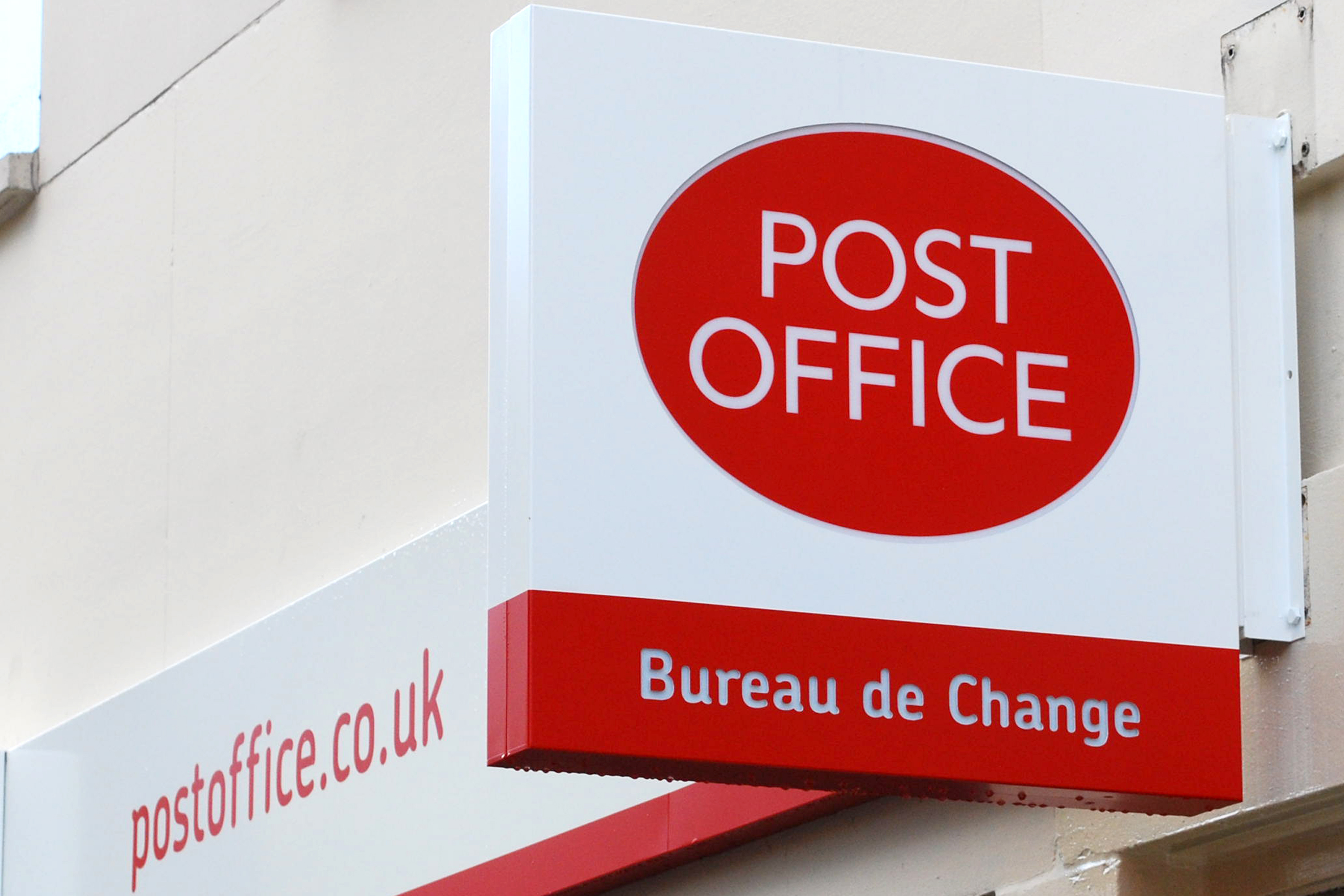Are you concerned about proposed Post Office closures?
Across the UK, communities are grappling with a troubling trend: the closure of bank branches and now, increasingly, Post Office branches.
For many, these closures feel like yet another nail in the coffin for high street vitality and access to essential services. The question is, what does this shift mean for everyday people, and why is it happening?
Why are Bank and Post Office branches closing?
The primary reason for the closures is a sharp rise in digital banking. With the widespread adoption of online and mobile banking, the demand for in-person services has dropped significantly. In 2022 alone, 86% of UK adults reportedly used online banking, and many financial institutions have decided that maintaining costly physical branches is no longer justified.
For Post Offices, which have often been a lifeline for those without easy access to banks, the situation is similarly challenging. While they continue to serve as vital hubs for basic banking, bill payments, and even parcel deliveries, cuts to government funding and contracts have made sustaining some branches economically unfeasible.
But while digital solutions may work for some, closures could disproportionately affect specific groups — particularly the elderly, small businesses, and people living in rural areas.
The impact on Local Communities
- Rural isolation and loss of access: In rural areas, a bank or Post Office can often be the heartbeat of a village or town. Closures mean that residents are forced to travel further to access services, increasing both costs and inconvenience. This is especially challenging for those without cars or easy access to public transport.
- The digital divide: While many Britons have embraced digital banking, a significant portion of the population either cannot access or lacks confidence in online services. According to Age UK, around 3.1 million older people have never used the internet. Relying solely on digital banking is simply not practical for this demographic.
- Impact on Small Businesses: For small businesses, Post Offices and banks provide more than just cash deposit services. They often serve as hubs for parcel services, cheque processing, and access to cash — all essential for day-to-day operations. Losing these services adds another layer of complexity for local entrepreneurs already facing myriad challenges.
- Potential for financial exclusion: Without local branches, the risk of financial exclusion rises. People who rely on face-to-face banking for financial advice, debt management, or opening accounts may struggle to access these services elsewhere.
The road ahead
While convenience is often cited as a benefit of moving to a more digitally focused system, it’s clear that for many, the physical presence of a bank or Post Office is much more than that — it represents stability, trust, and accessibility. The move to a more digitised system can’t leave people behind; without practical and innovative solutions, there is a genuine risk that some will become further isolated and disenfranchised.
So, as we navigate this new reality, let’s remember that convenience for some should not come at the cost of accessibility for others.
What are your thoughts? Are you affected by branch closures? Share your experiences and join the conversation on how we can ensure no one is left behind.





















